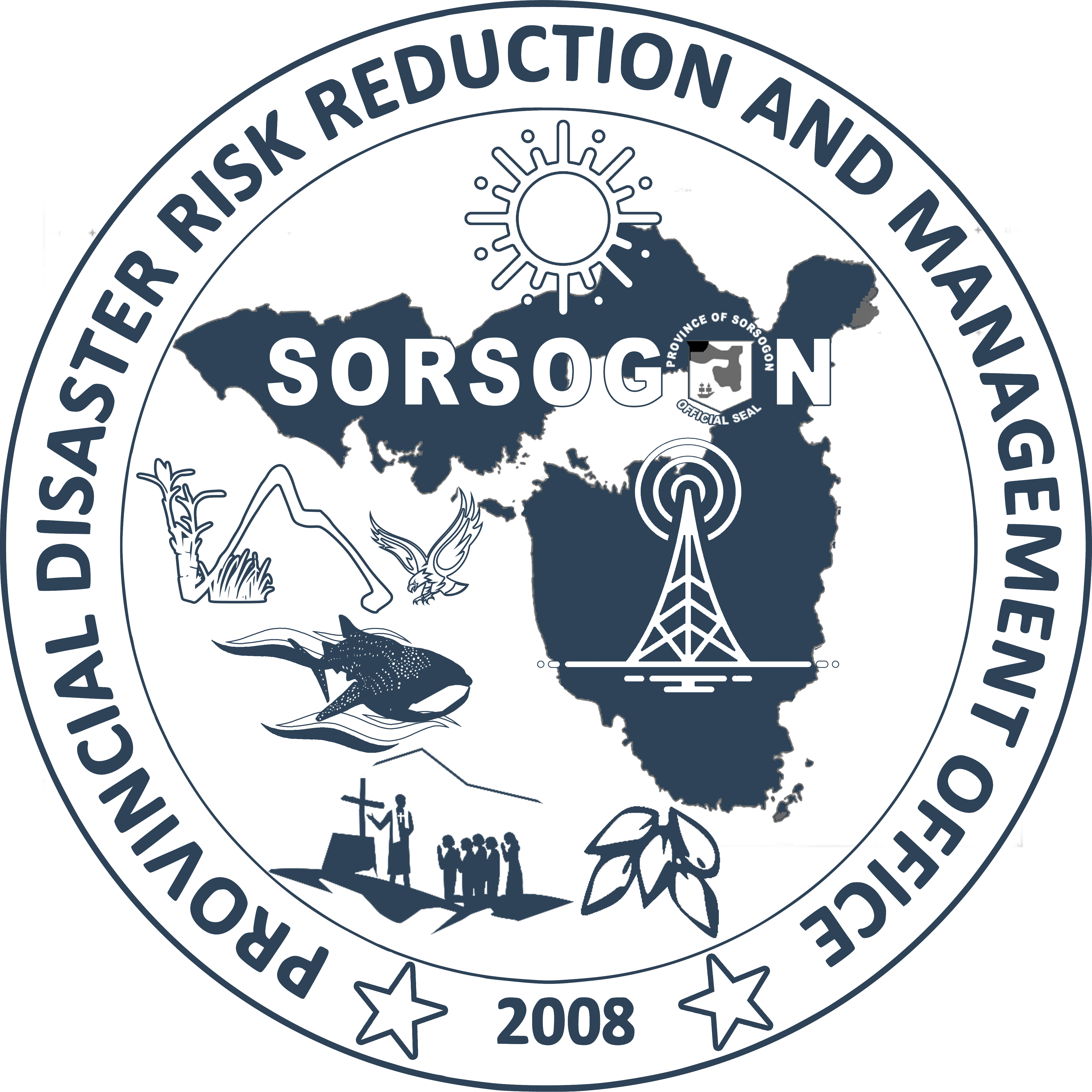Volcanic hazards directly emanate from the dynamic processes associated with volcanic activity. Lava flows, the streaming movement of molten rock down a volcano’s slopes, pose a direct threat to nearby areas. Pyroclastic flows, comprised of hot ash, lava fragments, and gases, swiftly descend, causing widespread devastation. Volcanic ashfall, consisting of fine particles ejected during eruptions, can blanket landscapes, impair visibility, and adversely affect respiratory health. Emissions of volcanic gases, such as sulfur dioxide, can pose direct risks to human and animal health. Lahars, volcanic mudflows initiated by the interaction of volcanic debris and water, and debris avalanches, rapid downslope movements of rocks and debris, further contribute to the array of direct volcanic hazards. Monitoring and understanding these hazards are paramount for implementing proactive measures to protect communities, issue timely warnings, and enhance overall preparedness in regions prone to volcanic activity.
Volcanic Hazards (Directly)
Volcanic hazards, arising directly from volcanic activity, encompass lava flows, pyroclastic flows, ashfall, volcanic gases, lahars, and debris avalanches. These pose immediate threats to nearby communities, ecosystems, and infrastructure. Monitoring and understanding these hazards are essential for issuing timely warnings and implementing effective measures to mitigate the impact of volcanic events.













